You have an app. It's slick, feature-rich, and well-designed. But there's a hitch; you're not getting enough users. Sounds familiar? You've poured your heart, soul, and countless hours into creating this masterpiece, yet it sits unnoticed in the vast app stores, lost among hundreds of thousands of other apps.
So, what do you do? You need a strategy to reach your audience and increase your app installs, aside from app store optimization. Enter native advertising.
Native advertising is like the Superman of the digital advertising world, and it can be the one that will save your mobile app business.
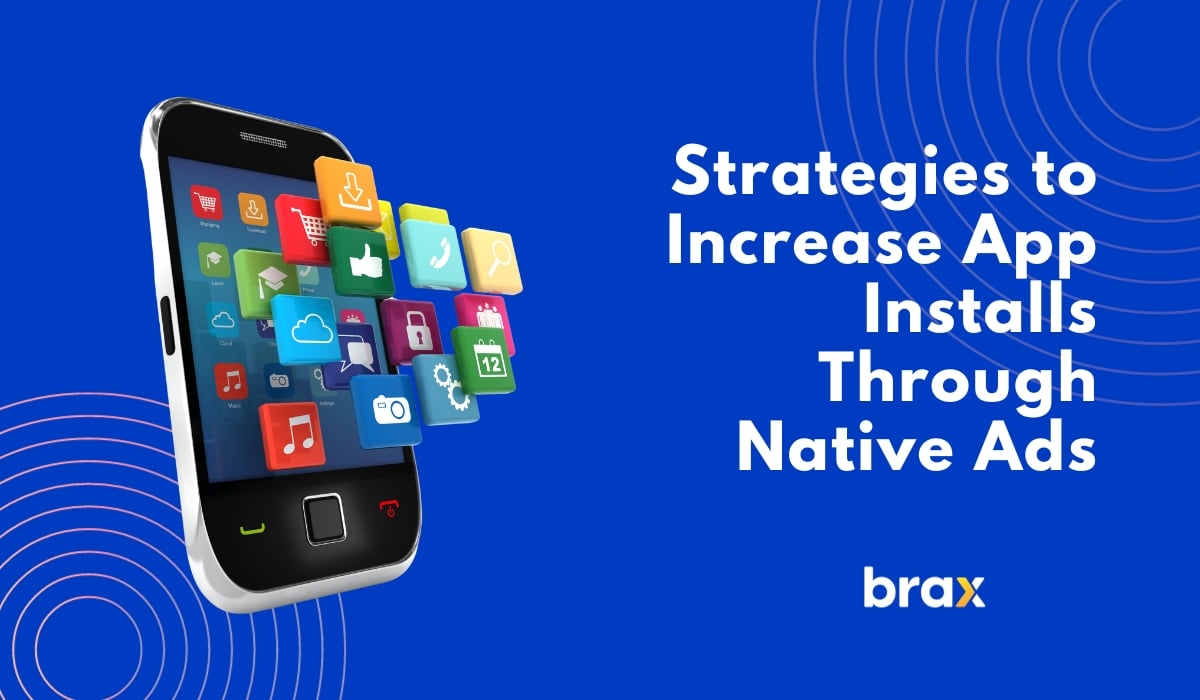
Understanding the Mobile App Industry
First, let's talk about the sheer size of this industry. You might not realize it, but the mobile app industry is gargantuan.
In 2023, app downloads reached a staggering 299 billion. Imagine that. This figure alone gives you an idea of the potential audience your app could reach.
Different Categories of Apps
There are different categories of apps that are released out there. These categories are crucial to understanding where your app fits in the digital market.
We've got a whole universe of apps out there. Seriously, it's like a digital cosmos!
Social Media Apps
In the realm of digital applications, social media apps have carved out a significant niche. We're talking about the heavyweights like Facebook, Instagram, and TikTok that have dominated our screens and shaped our digital habits.
These platforms aren't just about sharing photos or following trends; they've become integral to the way we connect with friends, discover content, and even shop for products. This can also include Dating apps.
Despite the number of apps on the market, these social media giants are no small players. They represent the second most downloaded category, boasting almost 10% of total app downloads.
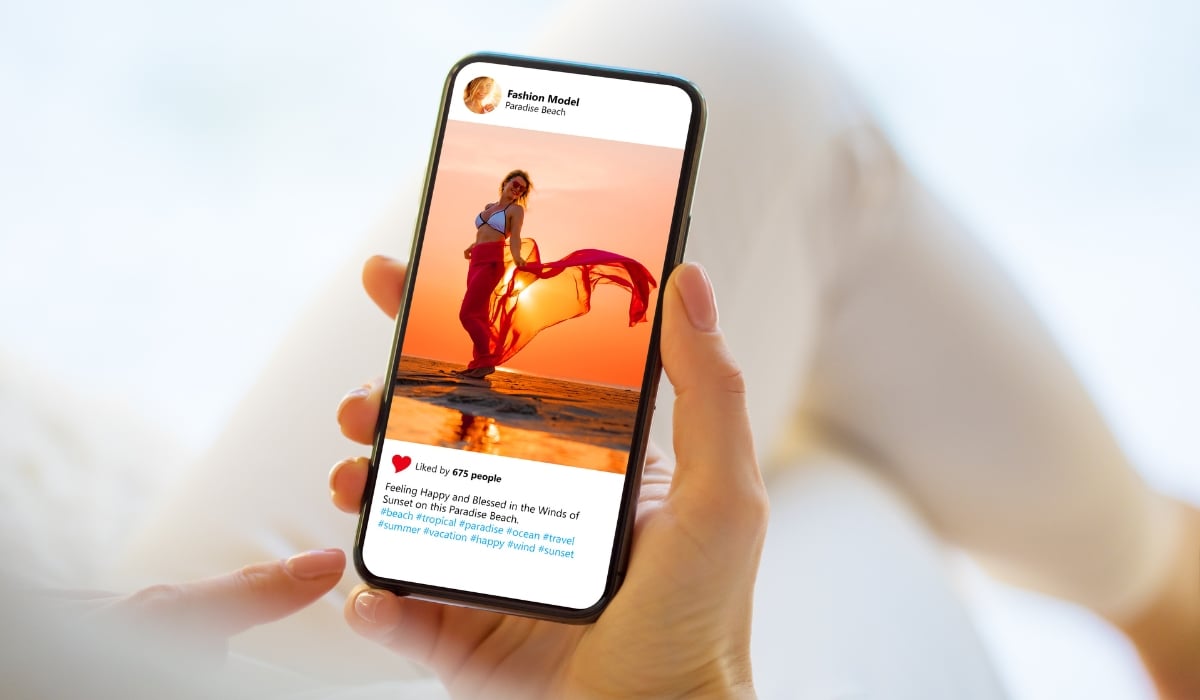
Health and Fitness Apps
Health and Fitness Apps have woven themselves seamlessly into our daily routines, assisting us in leading healthier lives. With their meteoric rise in popularity, these applications have started to revolutionize the way we approach our health and fitness goals.
Apps like MyFitnessPal and Fitbit provide us with a wealth of tools at our fingertips. They meticulously track your daily activities, from the calories you consume to the steps you take and even your sleep patterns.
E-commerce Apps
E-commerce apps, like Amazon, eBay, and AliExpress, have revolutionized the retail industry. With a simple tap, you can browse through myriad products, compare prices, read reviews, and make a purchase.
E-commerce business apps offer an unparalleled level of convenience, allowing consumers to shop anytime, anywhere, without having to navigate crowded shopping malls or wait in line at checkout counters.
The emergence of the pandemic has further accelerated the adoption of e-commerce apps, as safety concerns drive more people to online shopping. Consequently, e-commerce apps have secured their position among the top app downloads, transforming the way we buy and sell products in the digital age.
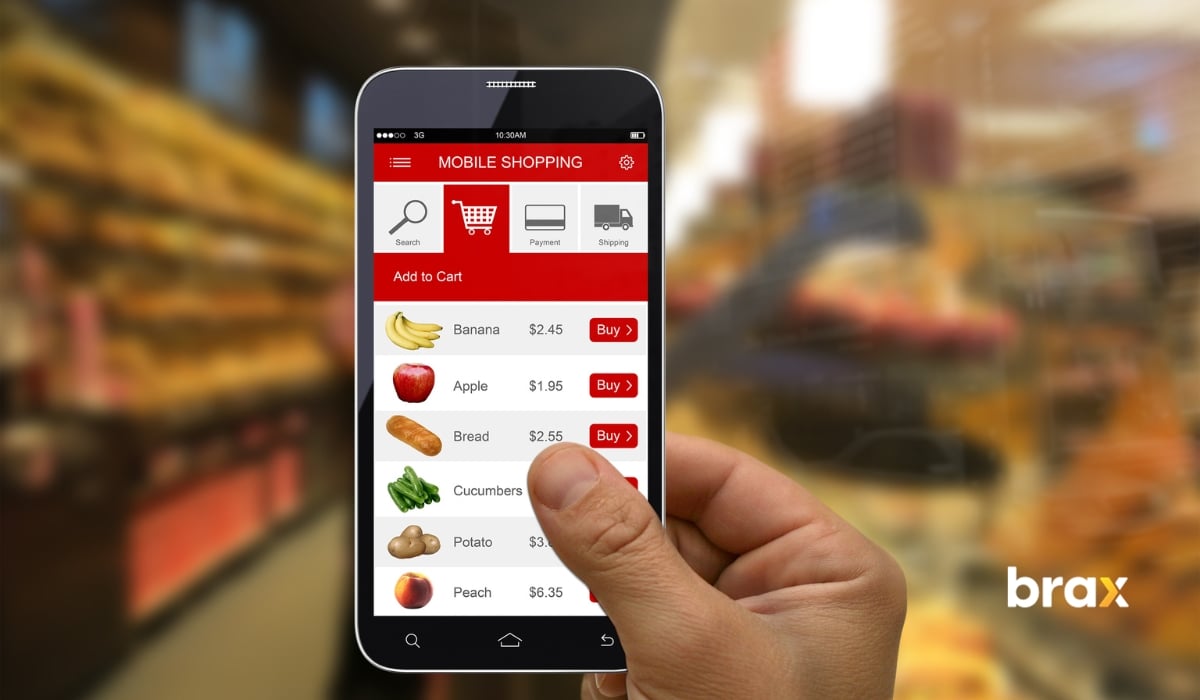
E-wallets and Mobile Banking Apps
E-wallets and mobile banking apps have significantly changed the financial landscape, making money management more accessible and convenient. They are the digital wallets of the 21st century, providing a seamless, secure, and speedy solution for financial transactions.
They are the PayPals, Venmos, and PayTMs of the world, transforming how we send, receive, and store money. With features like bill payments, fund transfers, grocery shopping, and even buying a cup of coffee, these apps are making our financial lives hassle-free.
Productivity and Educational Apps
Productivity apps, let's call them the unsung heroes of the digital world. Apps like Evernote and Trello, they're our lifeline to staying organized. We use them to manage tasks, keep notes, and basically keep our lives in order. But that's not all.
Want to learn a new language? There's an app for that — Duolingo. How about picking up a new skill? Coursera's got your back. These aren't just apps; they're gateways to learning, your personal tutors available 24/7 at the tap of a screen.
Gaming Apps
Gaming apps are the powerhouses of the mobile world. Think "Candy Crush," "Clash of Clans," or "Among Us." They're fun, addictive, and a great way to kill time, which is why they're the most downloaded apps in 2023. It takes up almost half of the overall app downloads.
And users can't get enough of these. A typical user downloads a dozen gaming apps on their devices.
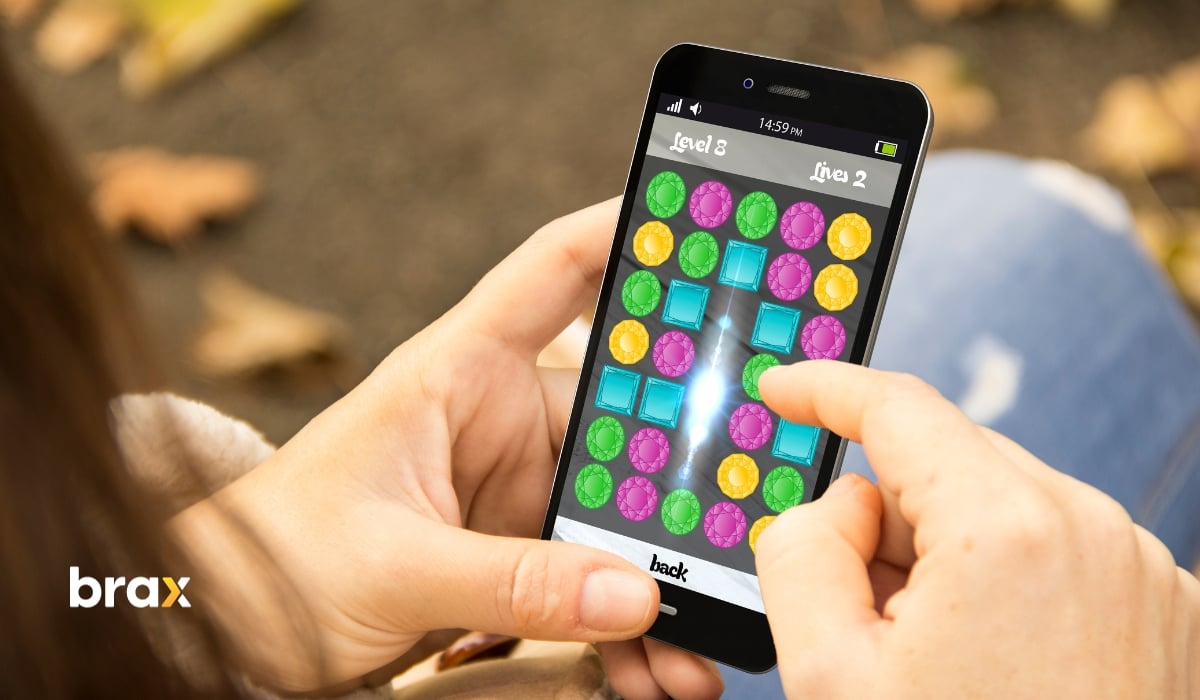
These are just some of the most common app categories. Other categories include Food & Drink, Travel, Navigation, Books, Gambling, and more. Knowing which category your app falls under can help you narrow down your research when it comes to reseaching best-performing ads for apps.
User Statistics and Data
A surprising fact to start: On average, we have 80 apps installed on our phones. That's right, 80! Now, you might wonder, "But how many of these apps do we actually use?" Well, the answer is around nine apps per day for an average user. Quite a number, isn't it?
Let's talk about the time spent. We love our apps, don't we? Indeed, as statistics show, an average user spends more than 4 hours a day on mobile applications. That's nearly a sixth of our entire day!
But let's be real: who can resist the draw of social media or the thrill of a captivating game?
Free apps dominate the market, with around 96% of apps in the Google Play store being free compared to 92% in the Apple App Store. However, paid apps have their niche, and they are generating profitable revenue.
Mobile Devices and Their Impact
Mobile devices have paved the way for an on-the-go lifestyle. Need directions? Pull out your smartphone and open Google Maps. Craving some pizza? Just a few taps on a food delivery app, and voila, dinner is on its way! Everything is now at our fingertips, thanks to these handheld wonders.
Not to mention, mobile devices have significantly broadened the audience reach of apps. Think about it. With a smartphone, anyone, anywhere can download and use your app. It's no longer confined to a specific group of people. That's a massive plus for your app downloads, right?
Mobile applications have revolutionized the way businesses engage with their audience and monetize their offerings. Thanks to the ubiquity of smartphones, businesses can now reach customers from all corners of the world, bypassing traditional geographical and logistical barriers.
They offer a diverse range of monetization models that can be adapted based on the nature of the app and its user base.
For instance, subscription-based services, popularized by media and entertainment apps like Netflix and Spotify, provide a steady stream of revenue while also ensuring customer engagement over a longer period.
In-app purchases present another lucrative avenue, allowing users to buy specific features, services, or virtual goods within the app. As seen in many gaming apps, these purchases enhance the user experience, providing an incentive for continued engagement and repeated transactions.
Moreover, mobile advertising has found a potent platform in mobile apps, with businesses earning substantial revenue from displaying ads to their users. From banner ads to sponsored content and reward advertising, the options for marketers are plentiful and flexible.
According to Statista, the overall revenue of mobile applications in 2023 reached almost $470 billion.
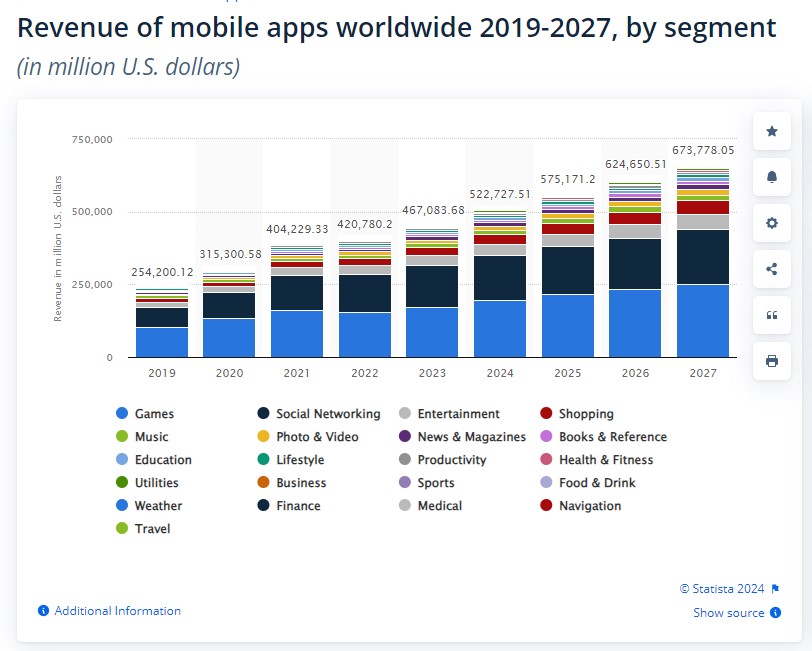
The profitability of these models, however, hinges on the number of active users an app has. As the user base grows, so does the potential for earnings — whether it's from more subscribers, increased in-app purchases, or higher advertising revenue.
Therefore, customer acquisition and retention become crucial strategies for businesses in the app market. This direct correlation between user base and potential earnings underscores the importance of working to increase app installs.
App store optimization and search engine optimization aren't the only ways to get more eyes on your apps—native ads can do that, too.
Why Native Ads?
Native ads, let's dive into them. They're ads, but they don't scream at you like traditional ones. They blend in, mingling with the content you're already consuming. What's not to love?
Why are they perfect for mobile app promotion, you ask? It's simple. These ads don't disrupt the user experience. Instead, they enhance it. They appear in the same format as the content in which they're embedded.
This makes them feel less intrusive, unlike those pop-up ads that make you want to throw your phone against a wall. In a world where ad-blocking is becoming the norm, native ads are the new black, sneaking past these barriers unbidden.
No one likes to be sold to, especially Millennials and Gen Z. They value authenticity. They crave realness.
This is where native advertising shines. It blends in, and it feels genuine. It's not about selling — it's about storytelling. And who doesn't love a good story?
Benefits of Native Ads for Promoting Mobile Apps
Now, let's talk about the benefits.
First off, higher engagement rates.
Because native ads are less disruptive and more engaging, users are more likely to interact with them. And that's what you want, right?
Secondly, they're versatile.
You can use native ads for any kind of app, be it a fitness app, a language learning app, or a food delivery app. They adapt, they fit in, and they work.
Native ads foster a positive user experience.
They don't intrude on the user's activity, instead they complement it. This leaves a good impression on users, which in turn boosts your brand's image.
Lastly, native ads give you the opportunity to target a specific audience.
With advanced targeting options, you can reach the right people at the right time. This increases the likelihood of your app being downloaded or installed.
Native ads are not flashy or showy. They're subtle, they're effective, and they're perfect for reaching out to the tech-savvy, ad-averse millennials and Gen Z, which dominate the mobile app market. We've seen how effective they are for increasing mobile app downloads, and we'll talk about how in the next section.
How to Create Effective Native Ads to Promote Mobile Apps
To initiate your journey with native advertising, you must first select a suitable native advertising platform. Once you've done this, the next step is to create an account on the chosen platform. For an in-depth guide on constructing actual ad campaigns, refer to this article: Native Ads Masterclass: A Quick Guide for New Marketers and Businesses.
In this section, we will focus on providing tips on the best ways to increase app downloads. It's crucial to acknowledge that different types of apps necessitate distinct styles of ads to appeal to various user groups.
Targeting Strategies
This is key in your mobile app marketing strategy as it is all about how to ensure your native ads hit the right mark and make a lasting impression.
Think of it as a well-thrown dart. It's not just about tossing it and hoping it sticks somewhere on the board. You want to hit the bullseye, right? And that's where targeting comes in. And for this, there are different strategies that you can use, either individually or combined.
Device Targeting
Don't underestimate the power of device targeting. It's a strategy that lets you reach users based on their device type, such as a smartphone or tablet (since we're talking mobile devices).
You can further segment this by the following:
- operating systems (you wouldn't want to show ads to Android users if your app is for iOS devices only, right?)
- operating system versions
- device brand
- device model
- device price (available in MGID)
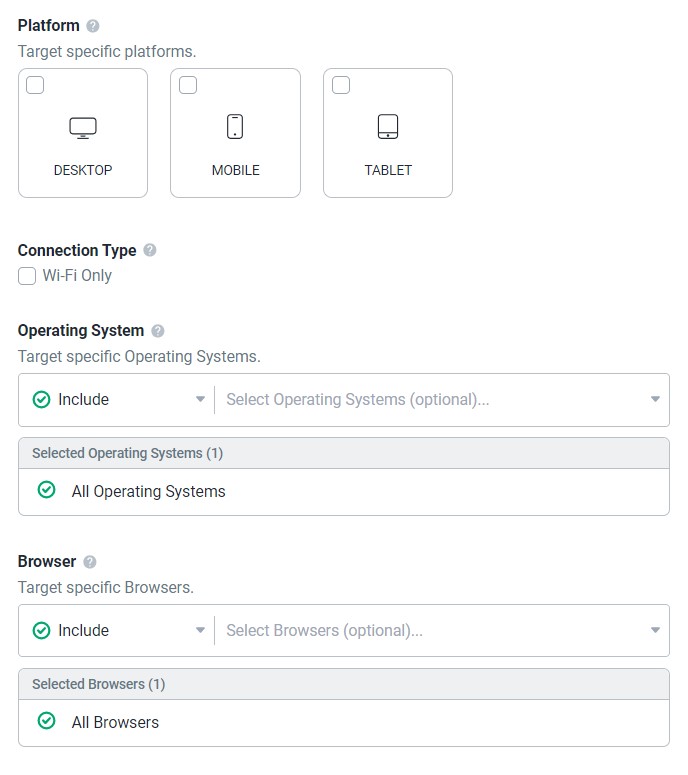
Browser Targeting
Next up is browser targeting. Different browsers offer unique features and interfaces. So, tailor your ads to leverage these differences. For instance, an ad designed for Chrome may not work as well on Firefox.
It may also be possible that the audience you are targeting typically use a specific browser. This one depends on your previous customer data, so make sure you check your existing users data for better insight.
Geo-Targeting
Geo-targeting is essential in any ad campaign as it allows you to target users based on their geographical location. You can narrow down your audience to a specific city, state, or country. Some native advertising networks even allow you to target based on zip code or within a radius of specific coordinates.
It's particularly useful when your mobile app caters to a local market or a specific demographic that is concentrated in certain locations.
Demographic Targeting
Understanding your audience is key. Demographic or interest targeting refers to focusing on users based on their age, gender, behaviors, civil status, financial capacity, and more.
If your app is a fitness tracker, target health-conscious individuals. If it's a language learning app, target people interested in language and culture. This strategy ensures your ads reach the right people, which can significantly boost your download rates.
Interest Targeting
Similar to demographic targeting, you can also target your audience based on their interests. This means showing your ads to people who share similar interests as your app's features or purpose.
Most native ad networks gather information about users with the help of first-party and third-party cookies. They analyze the websites visited by the same user for the time the cookie is installed in the user's browser or device.
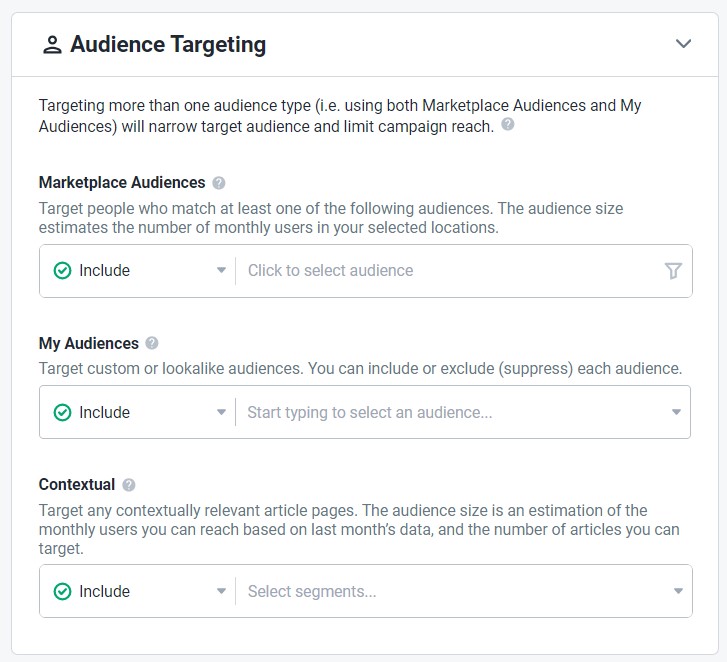
IAB Category Targeting
Finally, let's talk about IAB category targeting. The Interactive Advertising Bureau (IAB) has defined categories for ad placement. These categories range from arts and entertainment to technology and computing.
While interest targeting is based on the user's behavior, category targeting is based on the publishing website's content. For instance, if the article is about skiing, then ads targeting Sports category will show up.
Mix and Match Images
Never underestimate the power of images in your native ads.
A well-meaning marketer might tell you to stick to high-quality images only. But in our experience, mixing it up is more effective.
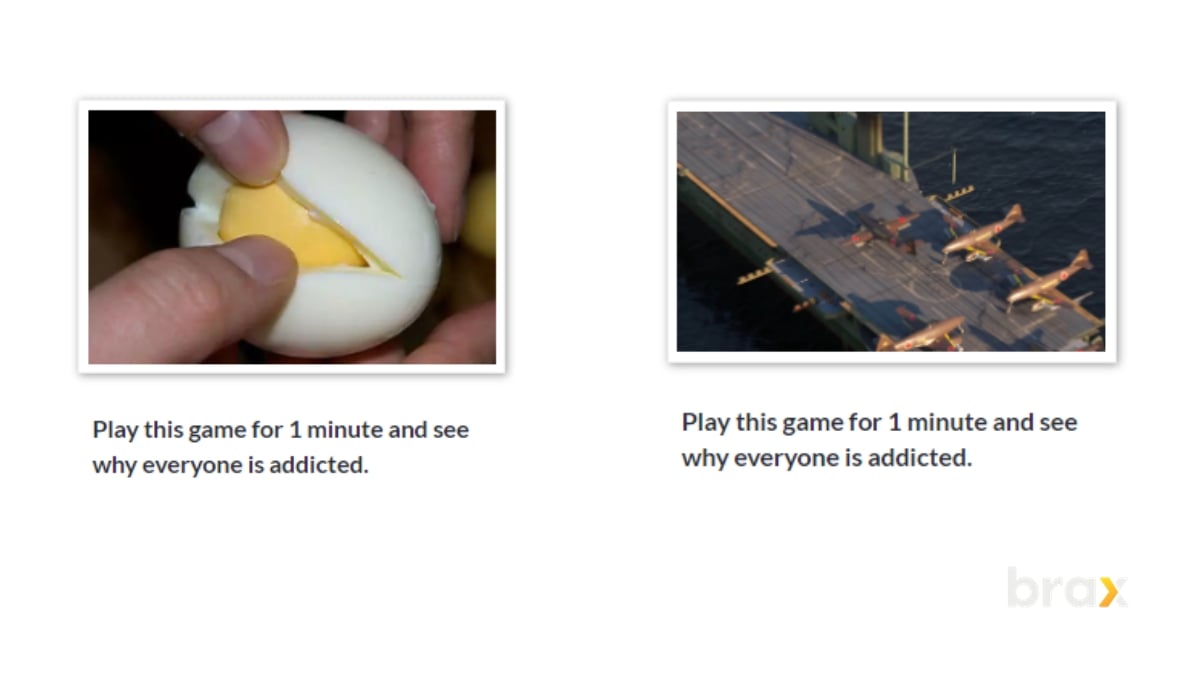
It's not just about throwing in any high-quality image. Strategy matters.
Observe any successful ad campaign. You'll notice a mix of professional and user-generated images. A blend of polished and raw.
Why, you ask?
It's simple. Professional images show off your app in the best light, presenting a polished, high-quality product. They tell the user you care about quality.
On the flip side, user-generated images create a sense of authenticity. They give the impression of real-world use and that you are authentic, which convince users that you are the real deal.
Like in the image of a box of money below, it looks like someone just took a picture using their mobile phone, making the Bitcoin app being promoted seem legit when it says it can help you be a millionaire.

Highlight Unique App Benefits
Every app serves a purpose. It solves a problem. Your ad needs to express that solution loud and clear.
Does your app help users learn a new language in just 5 minutes a day? Great! Shout about it. Make sure your target audience knows this significant benefit. It's your unique selling point. Exploit it.
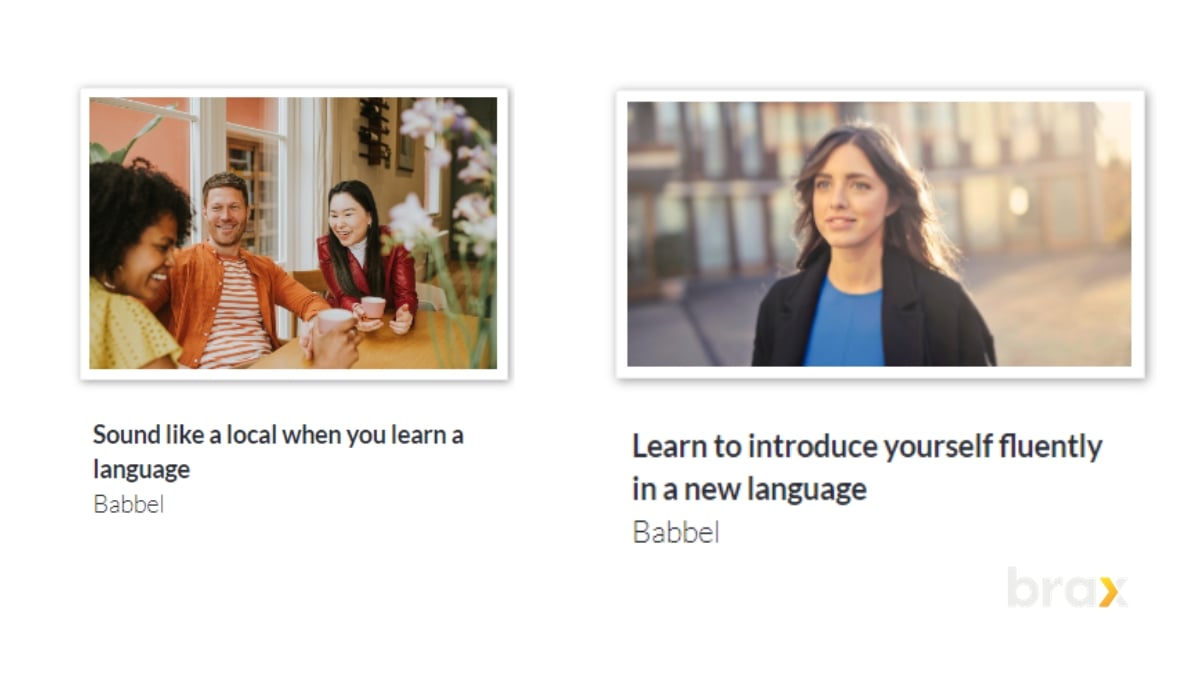
How about a fitness app? Does it adapt to individual fitness levels and preferences? Fantastic! Your app is not a 'one-size-fits-all.' It's unique. It's personalized. Highlight this in your ad copy.
Remember, your app is not just another app in the app store. It's special. It's distinct. It's beneficial. Your ad should reflect this. People won't care about shiny graphics or clever wordplay—they want to know how your app can help them.
Be bold. Be precise. Be unique.
Your ad copy should clearly underline what sets your app apart from the rest.
Create Mystery and Intrigue
Spark curiosity. It's a real game-changer. For instance, consider a thriller game you're promoting. You could ask, "Do you have what it takes to solve the mystery?" This question doesn't give everything away. It leaves room for intrigue. It makes the audience wonder. It's a masterful way to promote your mobile app.
Distill your app's essence into an intriguing question. It's not about revealing all the details.
The key isn't just in what you say. It's also in what you leave unsaid.
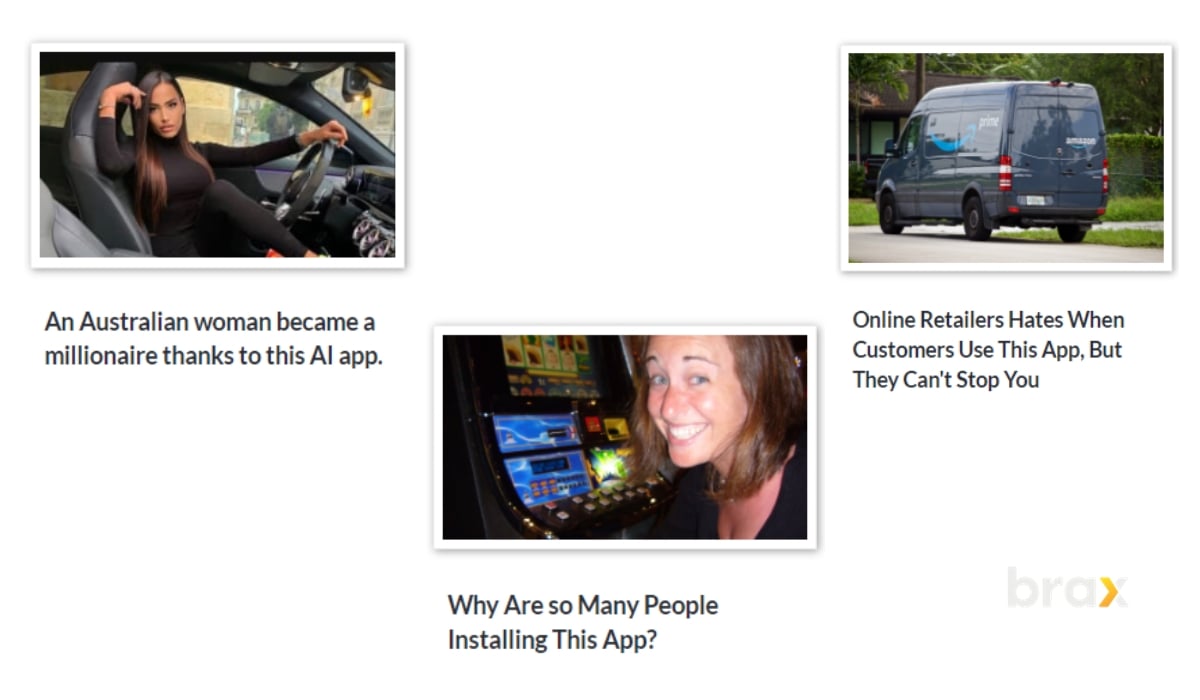
It's about stirring curiosity, interest, and anticipation. Your audience should feel the urge to explore, to uncover the mystery. This approach tantalizes the mind, teases the imagination, and tempts the audience to get your app.
Make them wonder. Give them a sense of adventure. Your app isn't just a product; it's an experience. A journey. An enigma waiting to be unraveled.
And your ad? It's the enticing invitation, the subtle hint of an unfolding saga. This method creates an emotional connection. It captures attention. It creates intrigue.
Test Using a CTA and Not Using a CTA
In the realm of native advertising, there's a tip worth exploring -— it's the art of the 'Call to Action' or the CTA, as it's commonly known.
Those "Download Now" buttons are passé. They've lost their charm. But, does this mean we should no longer use CTAs? Absolutely not!
It's about testing. Experiment with native ads, some with CTAs and others without. You'll be surprised.
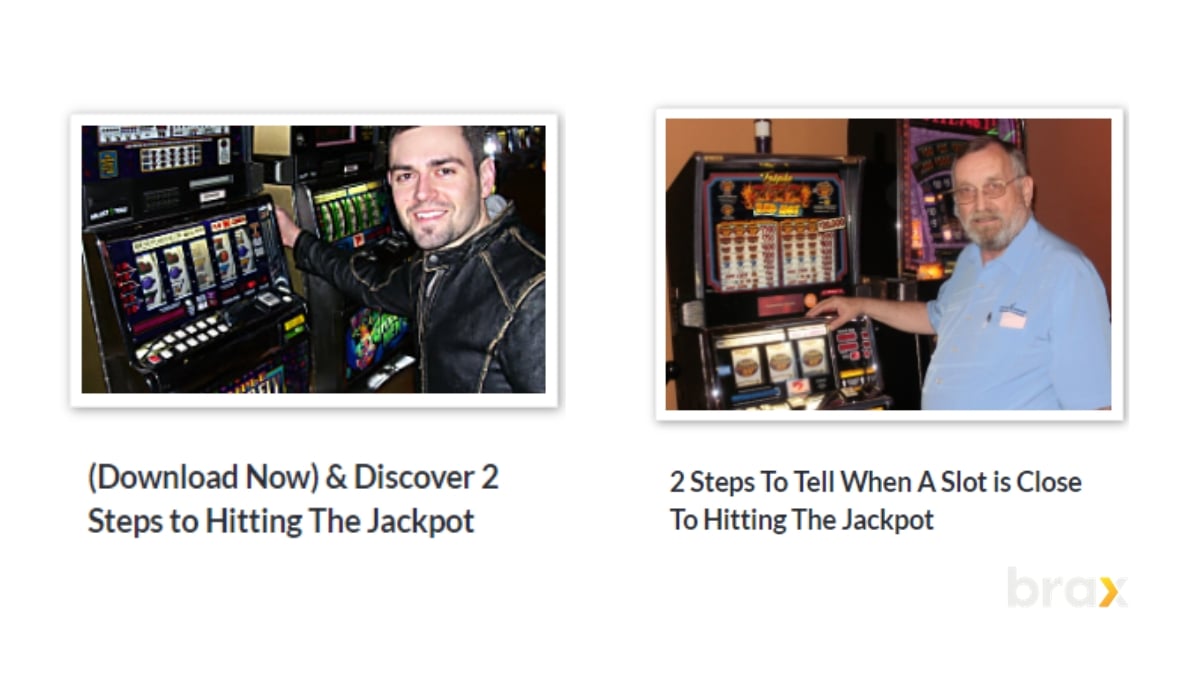
Remember, the audience of today is savvy. They discern every word, every element of your ad. You can't just use a phrase and expect magic to happen. It's no longer that simple.
Hence, the approach is two-fold.
Firstly, use a CTA. Make it strong, hard-hitting. It should be a command, an order that demands immediate attention.
Secondly, create an ad without a CTA. An ad that relies on its content, its power to evoke curiosity and interest.
And then, it's test time. Monitor the performance of each ad. Which one works better? The one with the CTA or the one without? The answer isn't clear-cut, as it depends on your target market.
Use tools such as Brax to create multiple campaigns in one go and monitor how they are performing. You can even set-up optimization rules so that your native ad campaigns are automatically managed and optimized without the need to be glued to your screen. Sign up for a free demo to see how it works.
Leverage Social Proof
People trust people — it's a basic human instinct. We often look to others for guidance, especially when making decisions.
Don't ignore this fact. Apply it in your ad strategy. Showcase positive reviews and high ratings in your native ads. Trust me, it works wonders.
The power of social proof is immense. "Rated 4.5 stars by thousands of users."
See that? It's a compelling endorsement. It's your app's stamp of approval, delivered by the very people who use your app. Make sure to include such strong testimonials. They are your silent advocates.
Better yet, if hundreds of thousands or even millions of people downloaded the app, make sure to say that. It makes people curious as to why it had that many app installs that they'd want to try it for themselves.
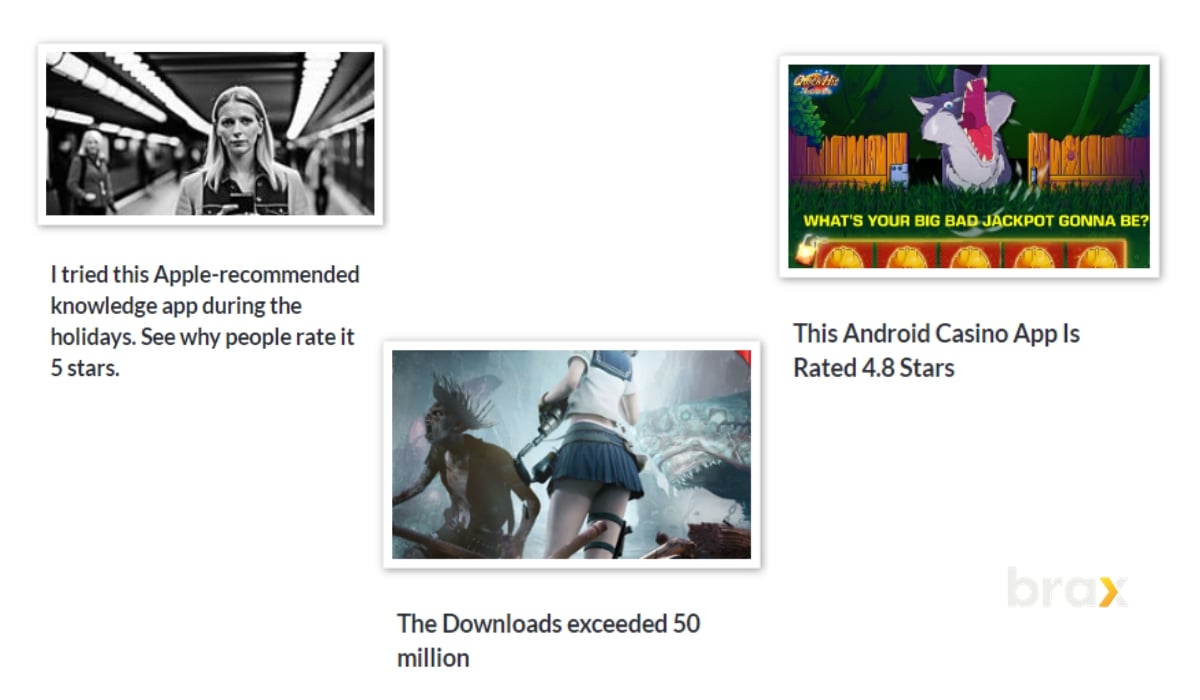
But wait, there's more. You can take it up a notch. Has your app won any awards? Mention them! Have influential people or publications praised your app? Highlight it! These are your badges of honor, so wear them with pride.
Remember, social proof isn't just about bragging. It's about credibility, reliability, and trust. It's a signal to potential users that your app is worth their time. And trust me, in the crowded app market, it's a big deal.
Explore Various Native Ad Formats
Let's talk about variety, shall we? When it comes to creating effective native ads, diversity is your best friend.
To increase mobile app installs, we recommend you use the following:
Recommendation Widgets
Recommendation widgets are a great tool. They're cost-effective and provide a wide reach. Think about it, these widgets appear on publishing websites, right where your audience is already engaged.
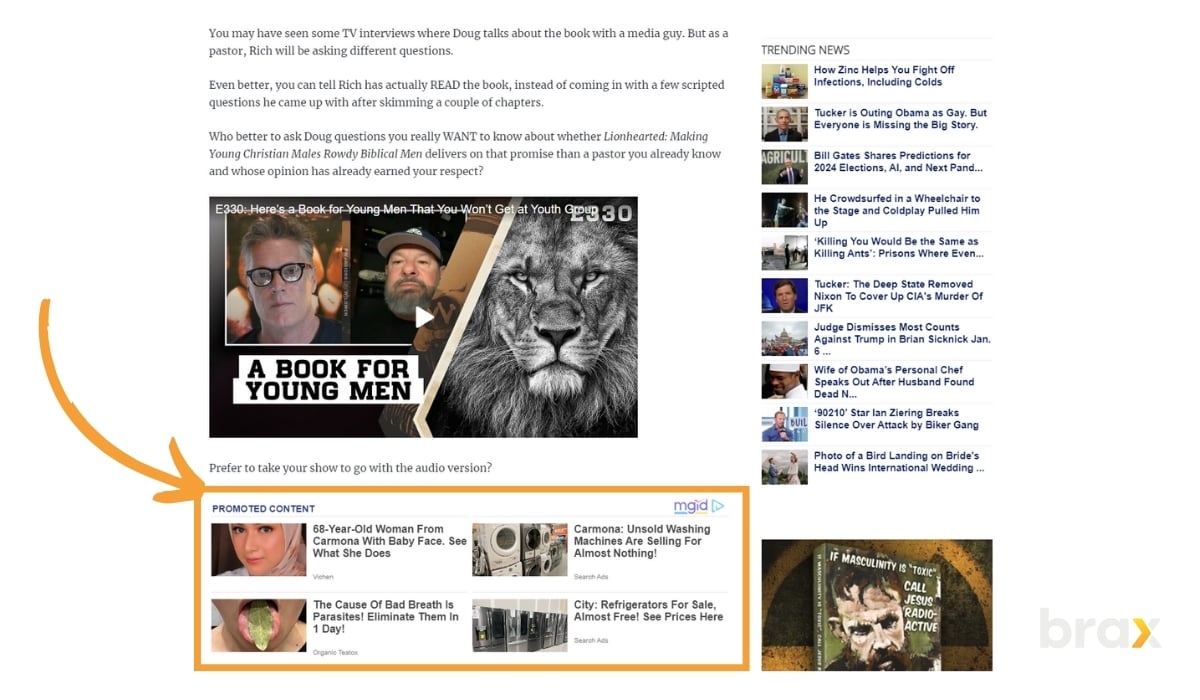
Native Video Ads
The world loves videos; it's actually the most consumed media. So, why not use it to your advantage?
Native video ads let you showcase your app's capabilities. You can give users a sneak peek into what your app can do through a demo video.
Does it solve a problem? Show it. Does it entertain? Show it. It's like saying "Hey, this is what our app does, isn't it cool?"
In-App Native Ads
The biggest advantage of in-app native ads is that they are interactive. They invite direct engagement.
Imagine giving app users a gameplay or app preview right within another app. It's like offering a free trial without the user even visiting the app store. It's direct and compelling.
Conclusion and Future Trends
The dawn of digital transformation has placed mobile apps at the forefront of user engagement and business expansion. As the world continues to thirst for more user-friendly and innovative mobile applications, there's never been a better time to leverage and promote your own mobile app.
Native advertising stands tall as one of the most effective ways to increase mobile app downloads. It blends seamlessly with the content around it, making it less intrusive and more engaging for users.
But here's the kicker: it doesn't just increase visibility, it drives action. They feel like recommendations, suggestions from a friend. You've created a great product; now, let's get it into the hands of the users it deserves.

